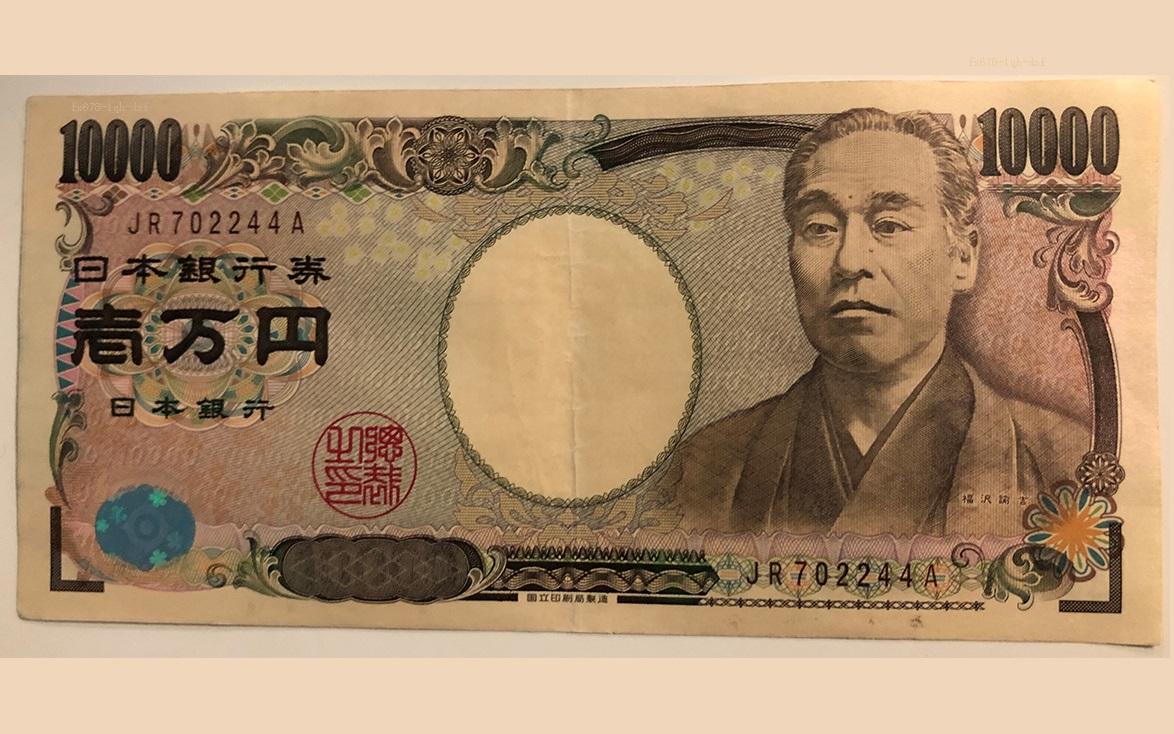The yen resumed its decline! Weak trade data and the recovery of US dollar buying caused the US-Japan exchange rate to break through the 148.50 mark
2025-07-17 11:25:49
Meanwhile, most Asian stocks followed Wall Street's overnight gains higher. Earlier, US President Trump denied reports that he planned to fire Federal Reserve Chairman Powell, which was seen as another factor that weakened demand for safe-haven yen. On the other hand, the US dollar (USD) gained support as the market lowered its bets on an immediate rate cut by the Federal Reserve, pushing the USD/JPY exchange rate to the 148.50 mid-line level in the past hour. As of 11:23, it reached a high of 148.56, an increase of about 0.47%.

Japanese trade data showed that the trade surplus in June was 153.1 billion yen, a significant improvement from the 638.6 billion yen deficit in the previous month, but lower than the expected surplus of 353.9 billion yen. Exports fell for the second consecutive month, down 0.5% year-on-year, reflecting the continued suppression of overseas demand (especially China, the largest market) by US tariff policies. Imports showed signs of recovery, up 0.2% year-on-year, far better than the expected 1.6% decline.
The latest polls show that Japan's ruling coalition (Liberal Democratic Party and Komeito) may lose the majority in the July 20 Senate election. This result may increase Japan's fiscal and political risks and complicate trade negotiations under the threat of US tariffs. It is worth noting that US President Trump has issued tariff notices to more than 20 trading partners including Japan, and the stagnation of US-Japan trade negotiations has led to Japan's exports to the United States facing a 25% tariff. Combined with the decline in real wages and signs of cooling inflation, the Bank of Japan is expected to remain cautious in the short term.
The market has basically ruled out the possibility of the Bank of Japan raising interest rates this year. At the same time, as the Trump administration's import tariffs began to be transmitted to consumer prices, traders also lowered their expectations for the Federal Reserve to immediately cut interest rates. New York Fed President Williams warned that the impact of tariffs has just begun to appear, and the current moderately tight monetary policy is providing the central bank with room to observe economic trends. Dallas Fed President Logan stressed the need to maintain high interest rates to ensure inflation is under control, and pointed out that tariffs may trigger inflationary pressures.
Although Trump denied plans to replace Fed Chairman Powell, he expressed hope that he would resign and again criticized the Fed for maintaining a high interest rate policy. Investors are paying attention to the upcoming release of US retail sales, initial jobless claims and the Philadelphia Fed manufacturing index data, as well as speeches by FOMC officials, which will affect the trend of USD/JPY before the release of Japan's national CPI report on Friday.
From a technical perspective, USD/JPY has resumed its upward trend after showing resilience below its 100-hour moving average. Oscillators remain in positive territory and have not entered overbought territory, indicating minimal resistance to the upside. A break above the overnight high of 149.15-149.20 could lead to further moves to the psychological 150.00 mark (first time since late March). On the downside, the 148.00 round number mark provides initial support, which could lead to a test of 147.70 (Asian session low) and the 100-hour moving average. A sustained break below the 147.00 mark could see the pair fall to the medium-term support of 146.60, before challenging the 146.20 area, the 146.00 mark and the 100-day moving average support around 145.80.
(Daily chart of USD/JPY, source: Yihuitong)
At 11:24 Beijing time, the USD/JPY exchange rate was 148.52/53.
- Risk Warning and Disclaimer
- The market involves risk, and trading may not be suitable for all investors. This article is for reference only and does not constitute personal investment advice, nor does it take into account certain users’ specific investment objectives, financial situation, or other needs. Any investment decisions made based on this information are at your own risk.










